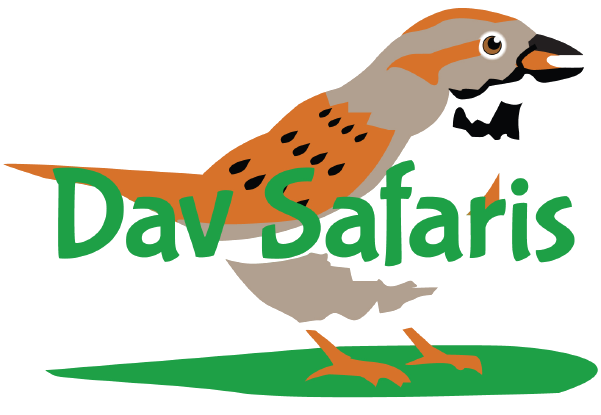wildebeest calving season in East Africa's Serengeti and Maasai Mara
The wildebeest calving season is a fascinating natural event that occurs every year in East Africa's Serengeti and Maasai Mara environments. This season, which normally lasts from January to March, is distinguished by the mass birth of wildebeest calves, as well as the following predator-prey interactions, which provide a spectacle for both wildlife fans and researchers.
During the wildebeest calving season, hundreds of thousands of pregnant female wildebeests migrate to Tanzania's southern Serengeti plains to give birth. The timing of this movement is directly related to the availability of nutrient-rich grass, which supplies critical nutrition for breastfeeding moms and their newborn calves. This synchronized birthing process is a survival strategy designed to overwhelm predators with sheer numbers, improving the likelihood of individual calves reaching maturity.
The wildebeest calving season is vital for the species' survival and is an important component of the region's overall ecosystem dynamics. The inflow of newborn wildebeest calves is a seasonal windfall for predators like lions, cheetahs, and hyenas, who rely on this abundance to feed and nurture their offspring. This inflow of prey also attracts scavengers and opportunistic predators, resulting in a complex web of interactions that influence the area's ecological equilibrium.
In terms of conservation, the wildebeest calving season provides a unique opportunity for researchers and wildlife managers to examine population dynamics, predator-prey relationships, and the effect of environmental conditions on reproductive success. Scientists can gather insights into the general health of the ecosystem by monitoring the health and survival rates of wildebeest calves, as well as detect potential threats or stressors that may impair the species' long-term sustainability.
In addition to its ecological significance, the wildebeest calving season attracts a large number of people looking to watch one of nature's most dramatic spectacles. Safari companies and lodges in the Serengeti and Maasai Mara cater to people anxious to witness the spectacle of wildebeest giving birth in large numbers, as well as the subsequent drama of predators chasing their prey amidst the turmoil of the plains. This flood of ecotourism cash is critical for supporting local people and funding conservation activities in the region.
However, the wildebeest calving season presents issues for wildlife managers and environmentalists. Tourism-related increased human activity has the potential to alter natural behaviours and stress wildlife populations, especially during this critical season of reproduction. Balancing ecotourism's economic benefits with the need to reduce wildlife disturbance necessitates careful planning and ethical management approaches.
Furthermore, the wildebeest calving season poses threats to the animals involved. Predation, disease, and environmental variables such as drought or flooding can all harm wildebeest numbers, particularly during this period of increased vulnerability. Conservation organizations attempt to alleviate these concerns by protecting habitat, combating poaching, and promoting community-based projects that create cooperation between humans and wildlife.
As climate change continues to affect ecosystems around the world, the wildebeest calving season may face new challenges in the future. Changes in rainfall patterns, temperature extremes, and habitat degradation may alter the timing and success of wildebeest reproduction, thereby affecting the entire food web in which they are entrenched. Understanding and mitigating these potential consequences is critical to ensure the resilience of this famous natural phenomenon.
To summarize, the wildebeest calving season is a fascinating exhibition of nature's rhythms and an essential component of the Serengeti-Mara ecosystem. Its significance goes beyond the spectacle of birth and predation to include ecological dynamics, conservation imperatives, and sustainable tourist prospects. By recognizing and protecting this annual phenomenon, we can help preserve a timeless natural heritage for future generations to enjoy and study.
